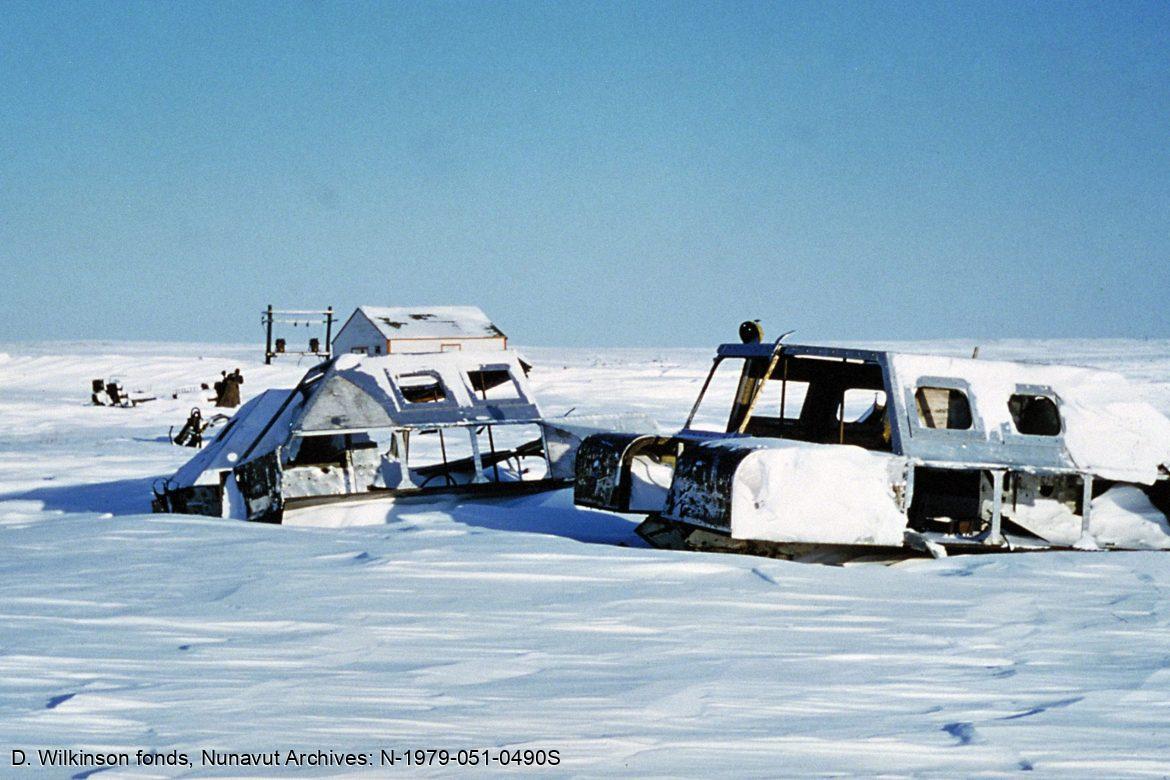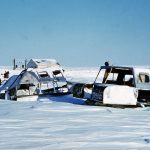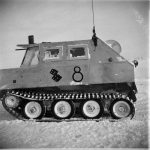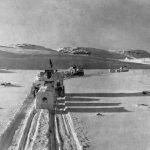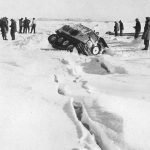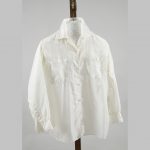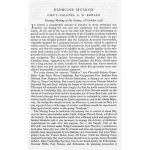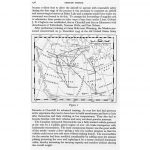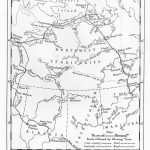1946
Military Operation Muskox
In 1946 the Canadian military and British and U.S. observers and advisors set out to test the latest technological advances in extreme winter weather vehicles and equipment. A three-month odyssey across the tundra showed that mechanized equipment needed adaptation to survive in the North.
Twelve tracked vehicles travelled from Churchill, Manitoba; Colonel John Wilson believed, “Whether or not it is completely fulfilled, it will direct the attention of Canadians to the North they neglect, to the possibilities of opening it and to the part the services can play in its exploration.”
Operation Muskox was a significant undertaking. The Royal Canadian Air Force had to put together a fleet of airplanes and stockpiles of food, fuel, and spare parts at air bases on the route.
The convoy of tracked vehicles left Churchill on February 15th, 1946, travelling on the relatively smooth sea ice to Arviat. The next leg of the journey, cross-country to Baker Lake, proved much more difficult. The route, chosen by aircraft flying overhead, was strewn with concealed boulders that damaged the vehicles. It took until March 15th for the convoy to reach Cambridge Bay, their furthest north travel point.
It was April when the expedition turned south from Kugluktuk to reach Great Bear Lake, and significant pressure cracks had opened in the lake ice. Vehicles fell through, and the bulldozer from the nearby Port Radium that was called to assist also went through the ice, killing its operator.
Spring conditions made travel across the land precarious, especially on a tractor road built a few years earlier for the CANOL Project in the Mackenzie valley. With temperatures above freezing, the winter tractor road quickly deteriorated into one very long mud hole where every mile gained was a battle.
The trail took the convoy up the Mackenzie and Liard Rivers past Fort Nelson and on to Dawson Creek. The vehicles were in such poor condition that they had to be loaded onto railway cars and freighted down to Edmonton.
The operation confirmed the incredible challenge of maintaining military operations in northern latitudes. Despite the deaths, machine malfunctions, and environmental challenges, Operation Muskox was presented as a success. On May 6th, 1946, a victory parade was held along Edmonton’s Jasper Avenue. Lieutenant Colonel Baird, the expedition leader, was asked by an Associated Press reporter, “Did you learn if the Arctic area of Canada is defendable?” to which Baird responded, “That’s a rather difficult question to answer; I think that we had better leave that one alone.” The exercise led to Long Range Radar (Loran) being established in Arctic communities and eventually DEW Line sites, bringing permanent military infrastructure to the north.
